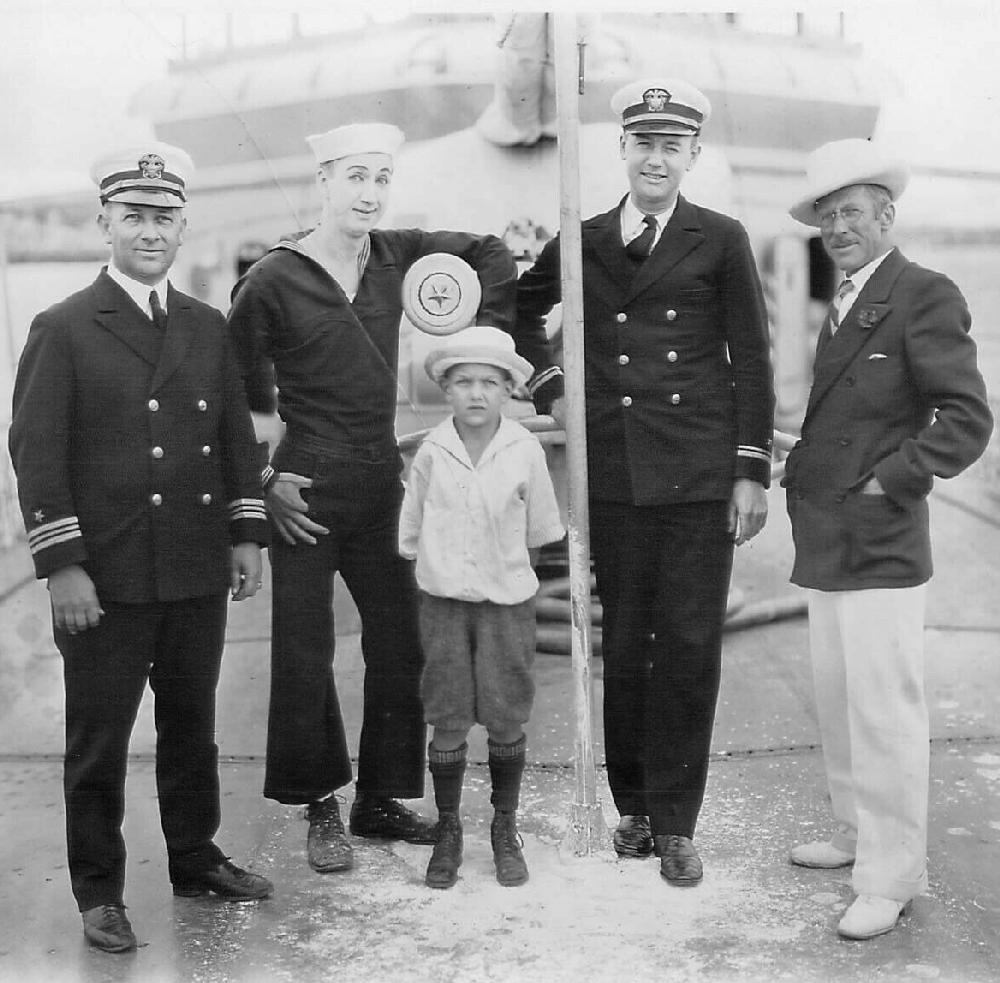
Figure 1.--Congress as a result of World War I in Europe aaproved a massive expansion of the U.S. Navy while doing nothing to increase the size of the Army or improve it weaponry. The focus of the Naval Construction Act of 1916 followed the thinkinf of the admirals and thery wanted big-gun battle shipsm despite the fact that the emerging threat was the German U-bpats. The American battleships built had no impact on the War. What would have an impact was the American destroyers which received limited fundingin 1916. Here we see a scene on an American ship, probably about 1915. We are not sure what kind of ship it was. The main gun is rather small, but the bridge seems very large. The sailor looks to be a silent film movie star, so this looks like a novie publicity shot. . |

